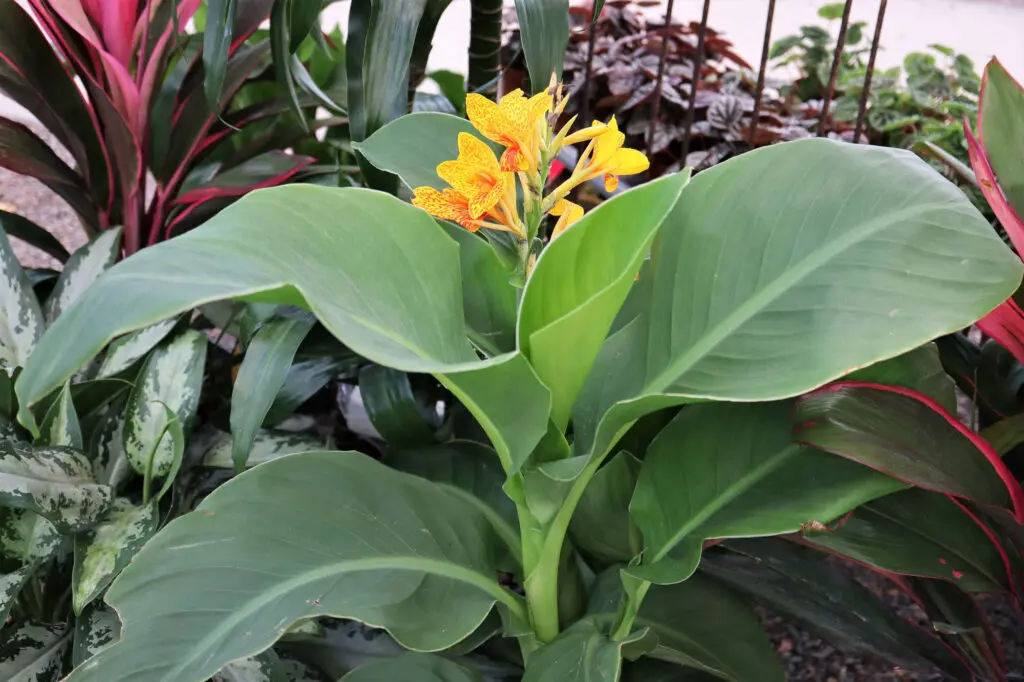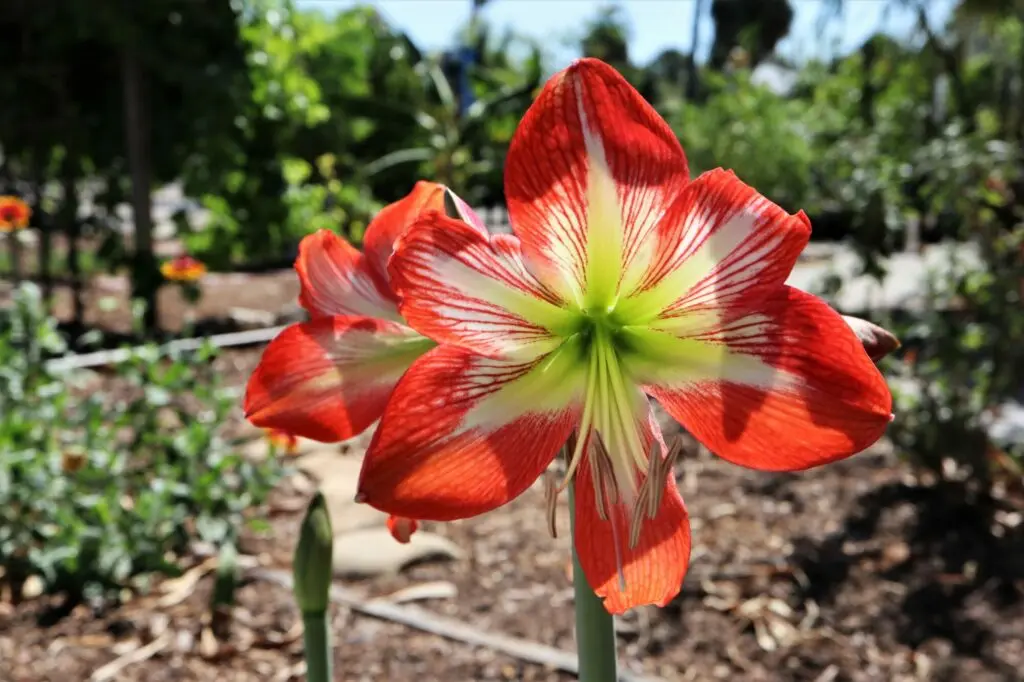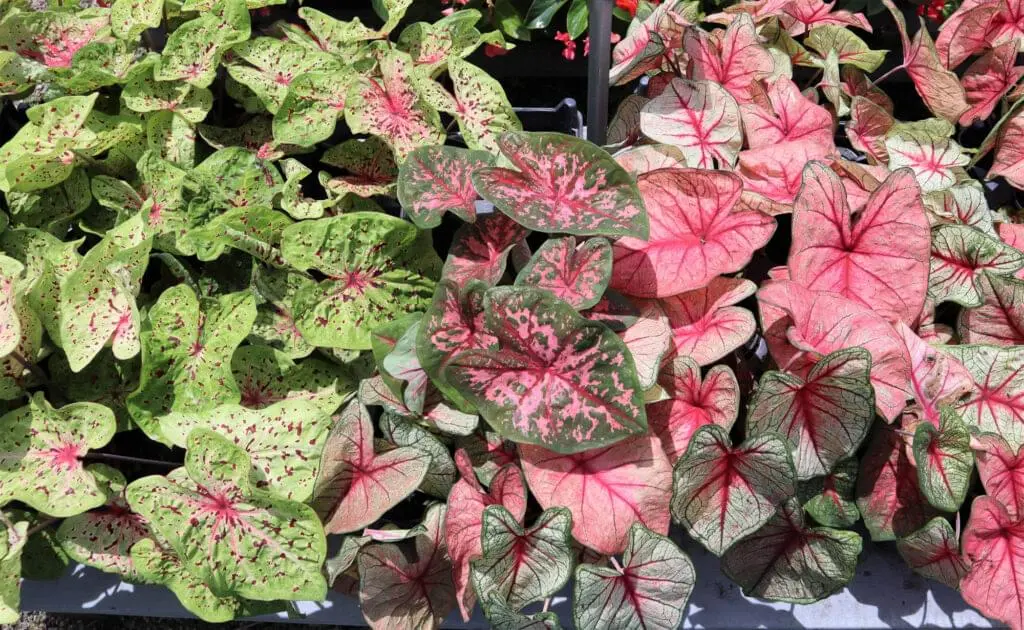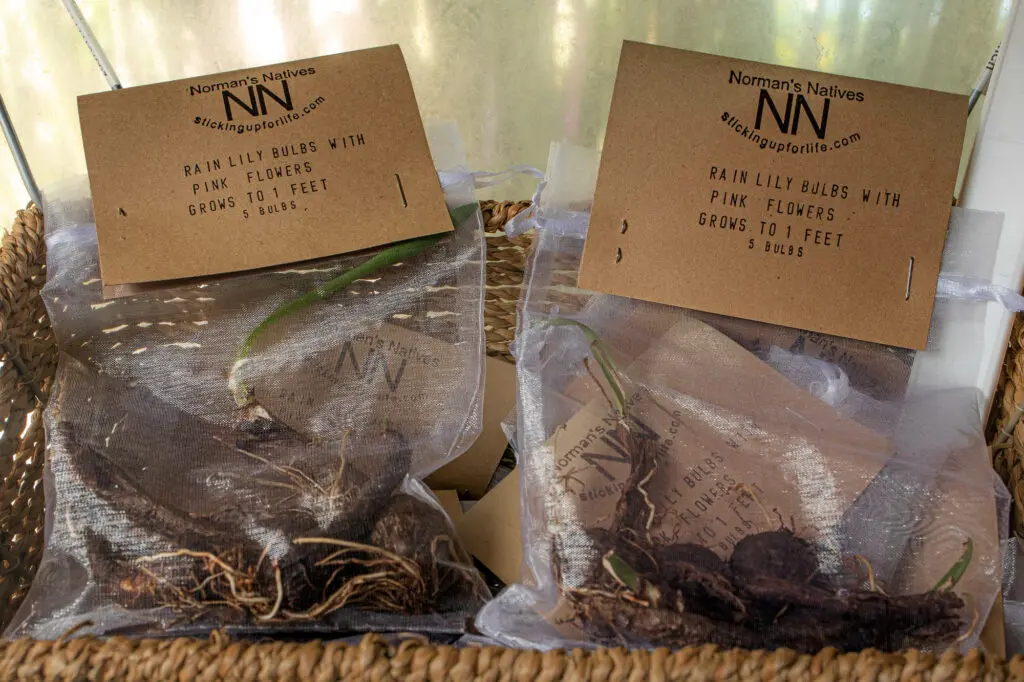by Amanda Rose Newton
The hardest part of Florida gardening is getting used to the shift in planting schedules and growing seasons that are often the opposite of what happens in the Northern regions of the country.

Plants that start off as bulbs fall outside of this norm, making them the easiest option to plant, no matter which state you reside in.
The calendar for bulb planting hovers in consistency due to the nature of the modified stem they grow upon. Some other modified stems that serve as plant storage organs include rhizomes like ginger and tubers like potatoes. This stem serves as the plant’s own built-in success kit and features all the macronutrients like fats, proteins, and carbohydrates a young plant needs to grow.
For gardening novices, you really can not go wrong with bulbs!
Now to be clear, there are several Northern flower garden staples that you just cannot do this far south. While we may not be able to swing tulips, daffodils, or crocus, the diversity of what you can do will leave you with more than enough options.
Selecting and Planting Your Bulbs
Selecting the right bulb is both exciting and overwhelming, especially if you are a newbie to the world of growing from modified stems.
The best piece of advice one can get is to try to plant your bulbs as soon as you possibly can once you purchase them.
While bulbs can sit in storage for quite some time like seeds can, they eventually have an expiration date. While we do not have to worry about freezes for the most part, certain flowering bulbs like caladiums prefer to wait until the threat of frost is past us.
Bulbs are adaptable and easygoing. They can handle just about any soil type but if they could choose, loose, porous soil would be their pick, mostly due to the good drainage.
Our sandy soils could stand to have a little additional amending by adding compost or our own planting mix. Spread the organic matter about 1 inch deep in the area to be planted and work it into a depth of 4 inches or so.
Most bulbs are planted at a depth that is equal to three times their diameter. Most bulb packages, as well as our handy information sheet, give tips on specific depths per bulb type.
Bulb Maintenance
Since bulbs travel with nutrient luggage, they have little need for fertilizers. Underground portions of the plant require phosphorous to grow strong. While we often have plenty in our soil, you can add bonemeal at planting so it is able to reach the plant roots.
Remember that phosphorous does not move through the soil as quickly as other plant nutrients so it’s important to get it at a depth where the plant will use it.
Watering is straightforward and you can rely on Mother Nature to pick up the majority of the slack here.
Recommended Bulbs for Brevard County
Ornamental Onions (Allium spp.) These full-sun favorites exhibit lollipop-like blooms that come in a range of pastel colors. They are best planted in Spring for early Summer blooms.
Amaryllis (Hippeastrum spp.) Usually a favorite at Christmas time, these come in red or white and are best planted now (Sept-Dec) for Spring bloom.

Begonia (Begonia spp.) Not a true bulb, the Begonia is grown on a tuber (like a potato). If you plant these in Spring, you can expect multi-colored blooms in the Summer months.
Caladium (Caladium hybrids) Also a tuber, caladiums are grown for their colorful foliage. Best planted before March, these bloom from Summer into Autumn.

Calla (Zantedeschia spp.) Callas grow on rhizomes like ginger and are best planted in the Fall for Spring bloom time. Colors keep to the pastel pallette, with pink and white being typical.
Canna (Canna hybrids) Another rhizome, this Easter favorite is planted in late winter. This is a perfect choice to enhance your tropical landscape with vibrant red, yellow, and orange colors.
Crinum (Crinum spp.) The crinum lily can be planted whenever you feel like it. It typically blooms Spring into Summer with white or pink blooms.
Dahlia (Dahlia spp.) Everyone’s favorite flower starts off as a tuber. Plant in March for blooms all Summer!

Elephant Ears (Alocasia spp.) This corm (another modified stem) or rhizome (species dependent) is planted in the Fall with spectacular foliage displayed year-round.
Gladiolus (Gladiolus spp.) It doesn’t get more classic than a gladiolus! The many colors and sizes they present make this a fun choice. The corm can be planted year-round with blooms occurring as soon as 3 months post-planting.
Lilies (Lilium spp.) The classic bulb plant, the lily is best planted in the Fall months. White, yellow, orange, and red are the most common hues with the blooms lasting Spring into Summer.

Shell Ginger (Alpinia zerumbet) While this rhizome is not the same as the one you buy in the grocery store, the cascade of white flowers makes it worth planting. If you plant these in the Spring or Fall you can ensure Summer blooming.


